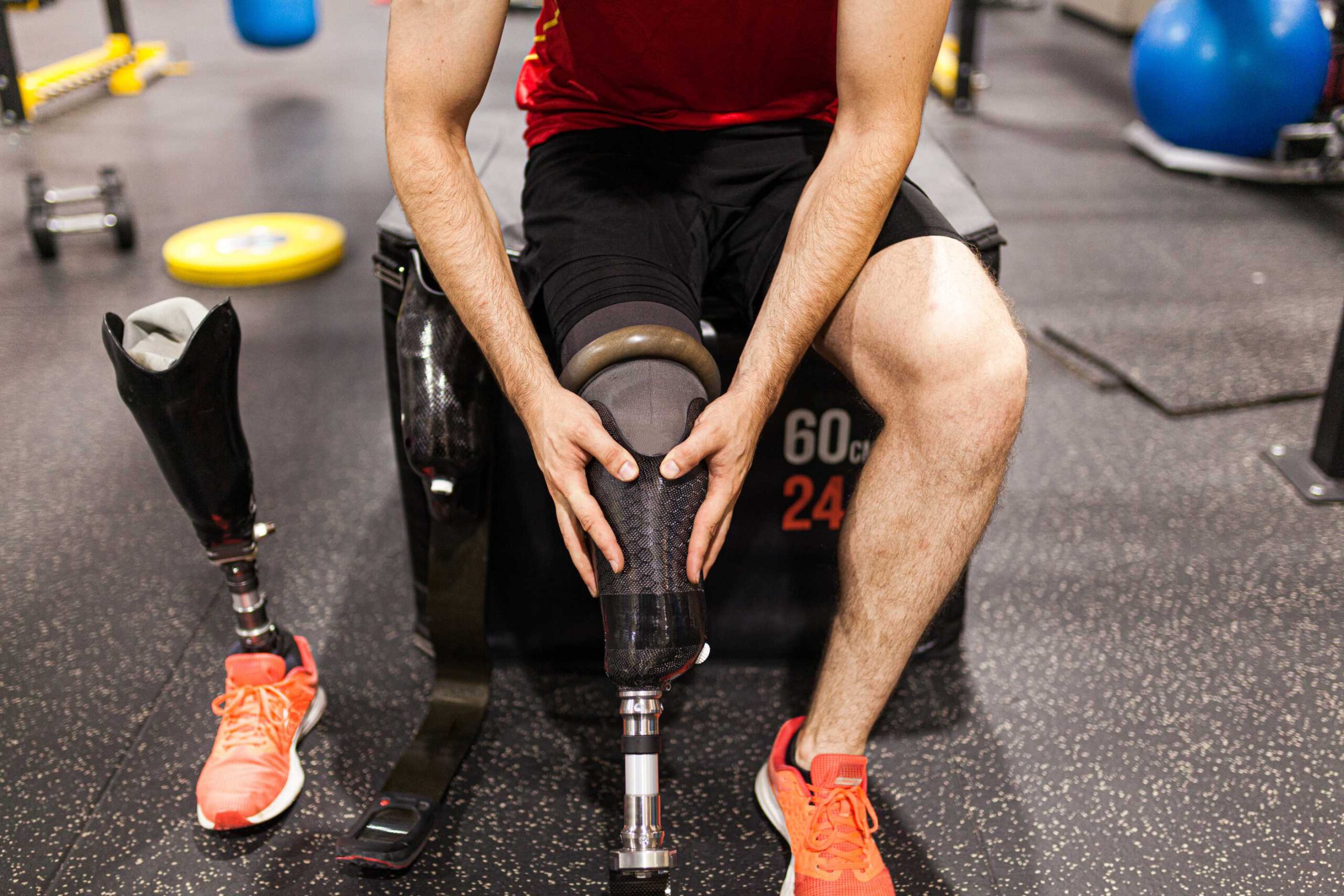Getting osseointegration surgery could literally be a life-changing experience for many people who need it to get their mobility back. It is important to understand what osseointegration surgery actually is and what might be required before and after the procedure takes place. In this type of surgery, a small implant is inserted into the body and connected directly to the bone, creating a titanium socket that acts as an artificial joint. Additionally, osseointegration therapy includes topical treatments used to promote osseointegration success including antibiotics and anti-inflammatory medications. Careful follow-up treatment with physical or occupational therapy will also be necessary once osseointegration surgery has been completed in order for the patient’s rehabilitation to be successful. Ultimately, osseointegration surgery has proven to be an effective tool for restoring lost mobility and independence; however, it is important to have realistic expectations and understand pre-operation procedures plus any potential post-operative difficulties.
When should be getting an osseointegration surgery?
Osseointegration surgery is a highly beneficial technology when used correctly. It replaces personal amputations while still providing the user with natural limb movements, including running, walking and climbing stairs. The osseointegration surgery osseointegrates a prosthesis directly to the bone, unlike conventional prosthetics that interface with the skin and underlying tissues. This osseointegration offers not just physical but also psychological benefits with improved motor control, better confidence levels, less stress on the residual body part and greater independence overall. For these reasons osseointegrated surgery should be considered as an option for those who is suffering from limb loss or deformity caused by accidents or diseases such as cancer and diabetes.

Is an osseointegration prosthesis expensive?
Osseointegration prosthesis, which uses a metal implant to attach a prosthetic limb directly to the bone in an amputee, is life-changing and can open up many possibilities for mobility but unfortunately, it is also quite expensive. The cost of osseointegration surgery can range from around $45,000 to up to $70,000 depending on the type of prosthesis used and other contributing factors. While osseointegration surgery may be expensive, it is often much cheaper than a lifetime of complex medical treatments or surgeries that may be required without it. Ultimately, osseointegration surgery could be viewed as an investment due to its ability to increase quality of life by restoring mobility and independence in those who require it.
How could you avoid an osseointegration surgery?
Osseointegration surgery is a procedure that osseointegrates metal implants to bones in order to replace missing limbs or restore functionality. To avoid this surgery, prevention should be your top priority. Eating healthy and regular exercise can help strengthen bones and avoid the conditions that lead to the need for osseointegration surgery. Additionally, wearing proper protection when participating in activities such as sports or heavy lifting can help reduce the likelihood of bone injuries which may lead to osseointegration procedures. It’s also advisable to stay up-to-date with all necessary medical checkups, as early detection is an important part of preventing long-term health complications and avoiding osseointegration surgeries.

